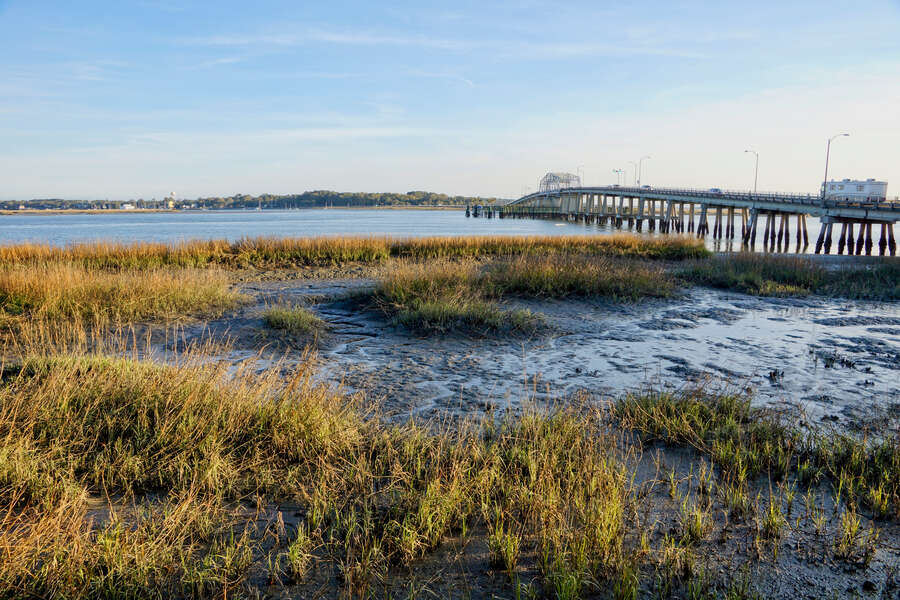
Travel Boom: Americans Will Spend $252 Not to Lose Their Luggage – Boca Raton’s Most Reliable News Source
[ad_1]

Boca Raton, FL – News travels fast – the good and the bad. While traveling is at an all-time high, airlines are struggling to keep up with the demand. Long queue lines, delayed/canceled flights, and hundreds of thousands of luggage being reported lost. With over 220,000 bags being mishandled by airlines in the U.S., travelers took it upon themselves to post advice on social media forums on how not to lose luggage. The top recommendation users gave was to avoid checking in luggage. But if they must check in luggage, then take a direct flight.
However, not many Americans live close to an international airport – they will most likely have to take connecting flights. But how far are they willing to travel and spend so they don’t lose their luggage? How many miles will they drive to their closest international airport for that direct flight, and how much more are they willing to spend on a direct flight over the connecting flight?
We asked American travelers from all across the country to find out.
Changed plans
We first asked Americans how the recent luggage crisis changed their travel plans. The majority of respondents (60.1%) now take carry-on bags rather than checking in their bags. Whether you’re taking a direct flight or a connecting flight, taking a carry-on bag is practically the most foolproof way to not lose your luggage. You’re carrying it with you throughout your journey, storing it in the overhead compartment in your flight, and have it within your sight the entire time. A quarter of respondents (25.8%) now take direct flights over connecting flights while 5.5% of travelers now drive to their closest airport that offers them direct flights to their destination. Travelers that are taking direct flights have the luxury of checking in their bags since they’re avoiding the risk of transferring their bags via connecting flights. The other 8.6% either canceled/delayed their traveling plans, never flew before, or now drive to their destination.
Road trip
How far is too far? We asked respondents how many miles they would be willing to drive for a direct flight so they don’t lose their luggage. Responses came back to an average of 168 mileswhich is about 2.8 hours on the road. On top of that, airlines recommend travelers to arrive at least 2 hours (for a domestic flight) before their scheduled departure time – therefore, travelers would have to be on the road about 4.8 hours before their flight.
But how much would a 168 mile car drive cost? With the current average gas price in the States, drivers would pay about $26.06 in gas for their 2.8 hour road trip.
Put it on the credit card
Vacations aren’t cheap, especially when you’re including the cost of flights. While flights with connections can typically be 20-60% cheaper than a direct flight, they also include a high risk of lost luggage. Is the risk worth it? While some are willing to take that chance, others aren’t.
So what will it cost them to avoid the risk of losing their luggage? Respondents told us that they would spend an extra $123.16 for a direct flight, rather than a connecting flight. $123.16 might sound hefty, but you’ll most likely have to spend money on clothes in the meantime. It may not be close to $123.16, but it will end up being an unnecessary purchase.
Recent purchases
With “where to buy cheap luggage” soaring on Google Trends by 200% (over the last 90 days), we wanted to see how many travelers have recently purchased a carry-on bag. We asked our respondents if they have recently purchased carry-on luggage for flights to avoid checking in luggage. A whopping 63.4% of respondents said yes.
Since “where to buy cheap luggage” skyrocketed, we wanted to find out what price was “cheap” since carry-on bags can range from $30-$250, depending on the quality and brand. We asked our surveyors how much they’ve spent on their new carry-on bag and they’ve spent an average of $103.69 on their latest carry-on bag.
Cost breakdown
Taking everything that we’ve gathered so far, we wanted to find out exactly how much the average American was willing to spend to avoid lost luggage. Since the majority of our respondents now take carry-on bags rather than check-in bags, take direct flights, and are willing to drive 168 miles for a direct flight, we added those costs together – giving us a total of $252. As mentioned earlier, it may sound like a hefty price but it is definitely a price that travelers can easily budget for. Better safe than sorry!
For an extra peace of mind, travelers can always pay for baggage insurance if they are checking in their bag(s). The average cost of baggage insurance is about $93. Therefore, the average American would pay $345 (with baggage insurance) to avoid lost luggage.
Methodology
In August 2022, we surveyed 1,000 Americans from every state, including the District of Columbia. We used our respondents answers to calculate averages, percentages and a number of other factors.
To find the average gas price that travelers would spend during a 168-mile drive, we searched up the current average gas price ($3.949) and the average miles per gallon for a mid-sized car (24 miles/gallon) in the country. Using this Gas Usage and Cost calculator, the fuel usage for a 168-mile trip in a mid-sized car would cost $26.06 when the price of gas is $3.949 per gallon.
To determine the average cost of baggage insurance as an option for our travelers, we looked up how much travel insurance typically cost – typically 4-8% of the total trip cost. The average American vacations for one-week in the USA and spends about $1,558 per person. We applied the average percentage of travel insurance (6%) to the average one-week vacation cost – amounting to $93 for the average cost of baggage insurance.
https://time2play.com/blog/americans-spend-252-avoid-lost-luggage/
[ad_2]
Source link


